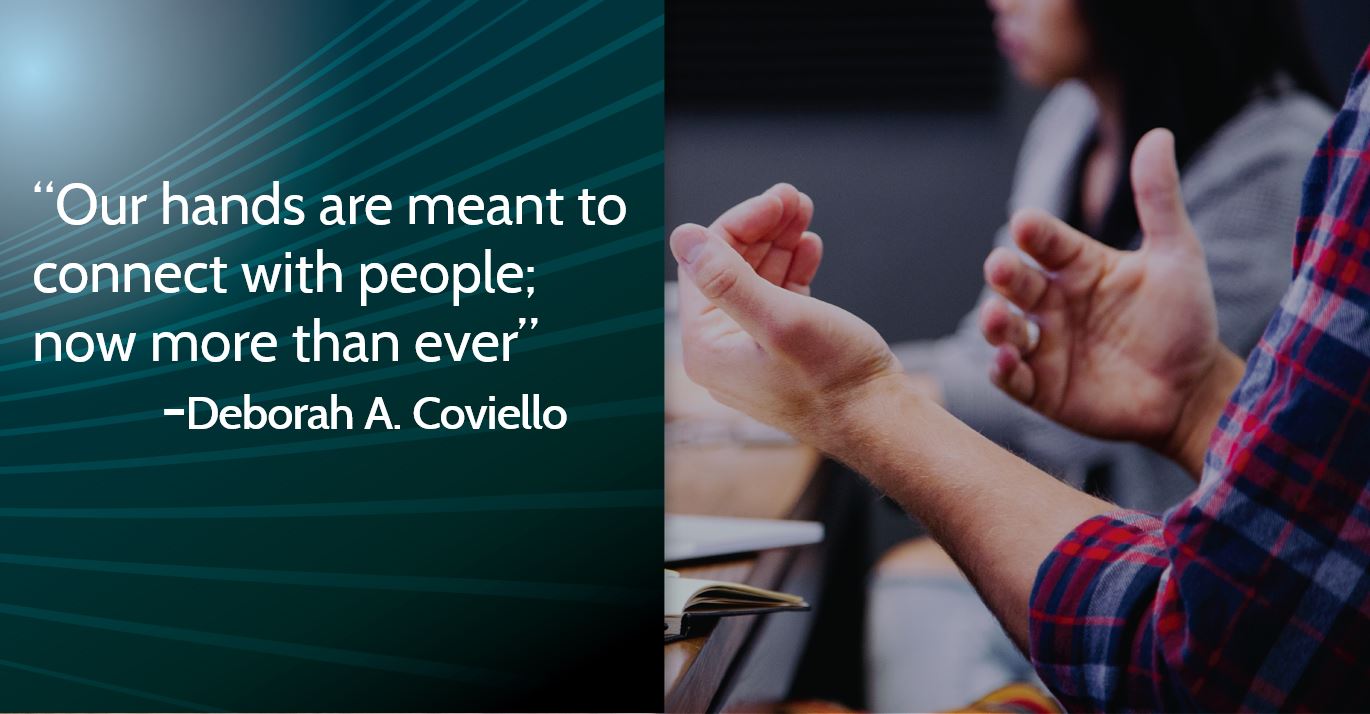I’ve always challenged what I was told; often asking why over and over as a child. Society saw that as disruptive and moved my behavior towards traditional conforming models.
Three Leadership styles we don’t talk enough about and how to recognize them…
When you see students cutting college classes to take a break and socialize; they’re labeled as anti-establishment.
When you see a highly successful person leave a 6-figure job to pursue other interests; you question their success. Maybe they’re less than what you had perceived.
In all three of these cases, society has labeled the behavior not popular and shuns people who march to their own beat. Are these actually the makings of great leadership that we’re not trained to see this?
I challenge you to rethink what are the signs of leadership in your business and be aware that it comes in many packages. We simply have to open up and see what surprises are inside.
Case I: Thought Leadership My own case; I was a highly intelligent (according to testing) and talkative child and the teachers did not know what to do with me. They gave me more challenging course work and put me in the next higher grade to challenge me intellectually, yet they did not recognize early leadership. To combat the talkative or disruptive behavior, my teachers would ask my family to ask that I be quiet.
This type of leadership style is the Thought Leadership style. Some see it as greatness but to others it’s perceived as disruptive. This behavior on the team needs new skills so that the person’s energy can be channeled productively. More importantly recognize and acknowledge this person’s value. In current teachings, we call this change management and we have to manage the person who could be seen as a challenge. Instead, we should embrace their gifts they can bring to the team. This leader can infuse new thoughts, challenge the status quo or even move the team in a completely new direction.
Case II: Stealth Leadership is one to watch. If you don’t see it coming, people that have this style will blaze by you. Referring back to the students that cut class; they’re following the mainstream to attend school to gain knowledge that others deem important in society. But when they go rogue and skip classes to socialize, they’re exercising skills that some people find later in life. These leaders know the value of networking and connecting with people. Out of those connections come life-long friends and a network of people you can trust.
While they may complete their education, they’re already paving a path that will lead an entire group of people in a direction that disrupts what they were signed up to do in school. These people can be seen as your entrepreneurs who will work beside you, but in actuality they’re creating entirely new ways of working and may ultimately break away to do their own thing.
Another lesser known characteristic of Stealth Leadership is silence. The silent people in the room can be harder to manage than the ones that are overtly doing their own thing. This silence can be deadly if they operate under the radar or are quietly disruptive so you don’t even see it. Why do I call this leadership? Because leaders can move people in a direction by their influence. If Stealth leadership in the silent form can lead others quietly to do things you don’t see; their influence is actually leadership you don’t openly see.
When you suspect silence in Stealth Leadership, develop skills to regularly talk to these people; learn and appreciate what they’re doing and their thoughts on how and why they’re doing what they’re doing. You may find a wealth of insight you did not realize due to the silence and can bring them forward and have an overt voice.
When you see Stealth Leadership, it is important to skip class and see what they’re talking about. It may be that they’re discussion something completely innovative and may actually be the team to follow vs. trying to manage them. These leaders think differently and we need to develop skills to harness their energy to bring them back onto the team or start over and join them for lunch!
Case III: Purposeful Leadership is one that sometimes confuses us because people are moving forward because of purpose. What does purpose mean and how can we manage people that have this style? Well, you simply don’t! This leadership style is so driven by inner reflection, these leaders rise above within organizations and inspire others to do great work or they simply leave and do their own thing.
When we see people on our team questioning what you’re doing or they’re disengaging, it’s important to understand the source of their behavior. They can be daydreamers thinking of something bigger than themselves or the work at hand. They can be seen as lazy and not hitting deadlines, but they’re always thinking, engaging and participating. You might question why these people with so much potential are not performing.
These Purposeful Leaders are seeking answers to their greater purpose in who they are and what they do. To manage these people is probably quite challenging. It may be they simply need to be mentored or to bring out what they’re feeling and how might they contribute to the team or the business in general. Often these people will leave an organization to find a different purpose or we dismiss them. But how many times do we find they start their own business and surpass all expectations?
When we see these purposeful leaders, there is little we can do to manage them, but instead talk to them. Help them to see what it is they want to bring to humanity and find their true calling.
So, given these three leadership styles that are not often taught in our Quality & Continuous Improvement training, what are we to do to recognize and leverage these types of leaders? How do we gain the skills to support, inspire and help them to achieve their goals?
I welcome your thoughts on this topic and invite you to contact me at deborah@coviellocm.com . Your input may spawn future articles on this topic to further develop our Human Development & Leadership community.




